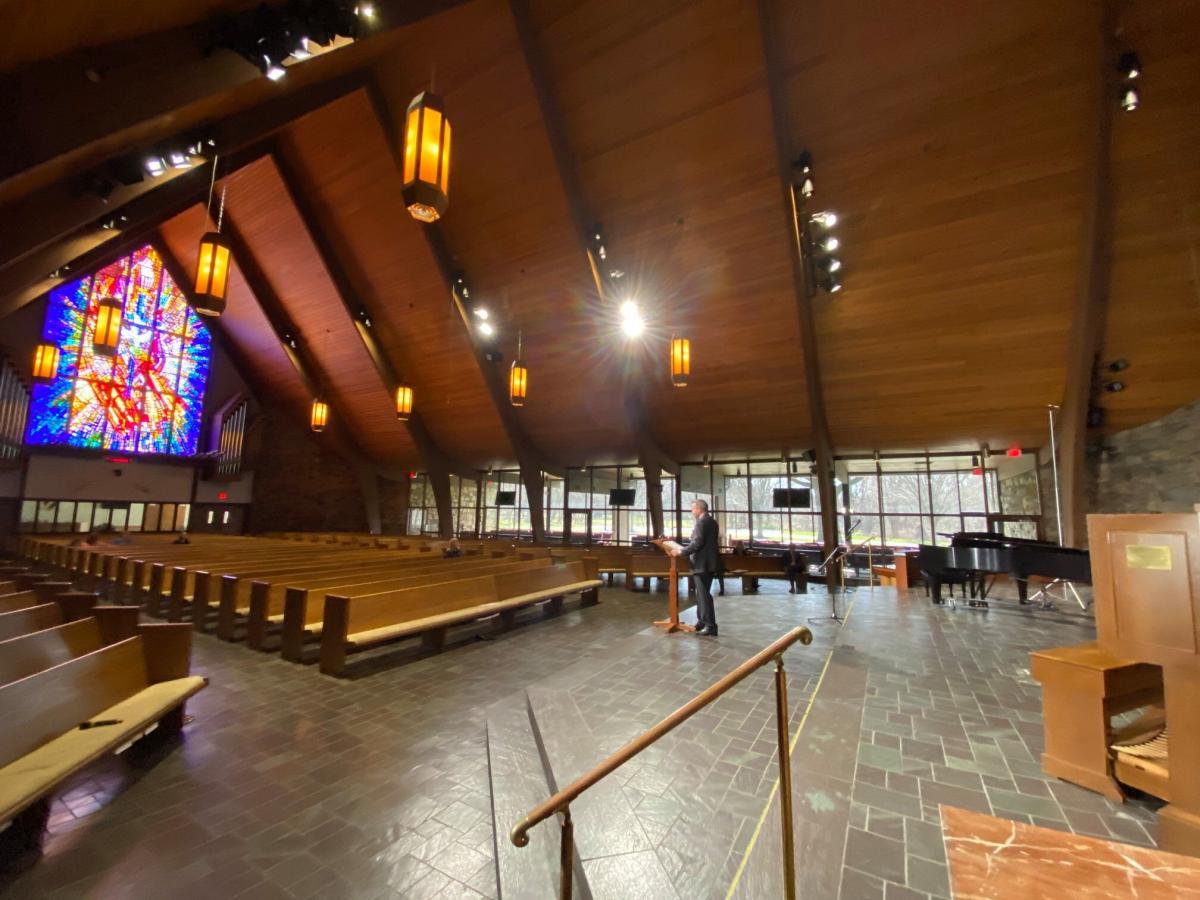This Month's Issue
Feature by Edwin Manuel Garcia / Photos by Crissy Musick
Chris Trent truly understands church members who are struggling with issues, big and small.
“My childhood was rough. ... My sister was abused, so I guess she passed some of that abuse to me,” says the pastor of Mountain View Conference’s aptly named Grace Outreach church in Logan, W.Va., and the Grace Community church in Williamson, W.Va. “I was taken to church quite often when I was a kid, so I thought there was a God, but, at the time, I didn’t have a need for God.”
Trent is a former Marine who owned a tattoo business for 13 years. “And in between,” he adds, “I was married and had three kids by a woman who was kind of wild. We were into drugs a little bit.”
 Story by V. Michelle Bernard
Story by V. Michelle Bernard
With all churches across the Columbia Union Conference physically closed due to the coronavirus, pastors and members changed—seemingly overnight— the way they minister. In addition to offering livestreamed or pre-recorded services, many churches and conferences moved planning meetings, Sabbath School classes and Bible studies to Zoom, Facebook Live or other digital video platforms.
Editorial by Dave Weigley
 Recently our world has been overtaken by the coronavirus pandemic. Fear and uncertainty abound, people are suffering and many lives have been lost. Social distancing measures have left many people working from home or seeking unemployment benefits. Health care workers and frontline responders are risking their lives to save others. Many people are wondering if this is the beginning of the end. And, at the writing of this editorial, our churches are meeting virtually, students are distance learning, and camp meetings, summer camps, graduations and special events have been postponed or canceled.
Recently our world has been overtaken by the coronavirus pandemic. Fear and uncertainty abound, people are suffering and many lives have been lost. Social distancing measures have left many people working from home or seeking unemployment benefits. Health care workers and frontline responders are risking their lives to save others. Many people are wondering if this is the beginning of the end. And, at the writing of this editorial, our churches are meeting virtually, students are distance learning, and camp meetings, summer camps, graduations and special events have been postponed or canceled.
 1.The Columbia Union Conference partnered with the General Conference and North American Division to help fund $900,000 to support local conference outreach ministries, such as the community center at Pennsylvania Conference’s Grace Outlet church in Reading.
1.The Columbia Union Conference partnered with the General Conference and North American Division to help fund $900,000 to support local conference outreach ministries, such as the community center at Pennsylvania Conference’s Grace Outlet church in Reading.
2.The Office of Ministries Development organized our first unionwide evangelism conference where we challenged pastors to employ the best methods for reaching today’s culture.





